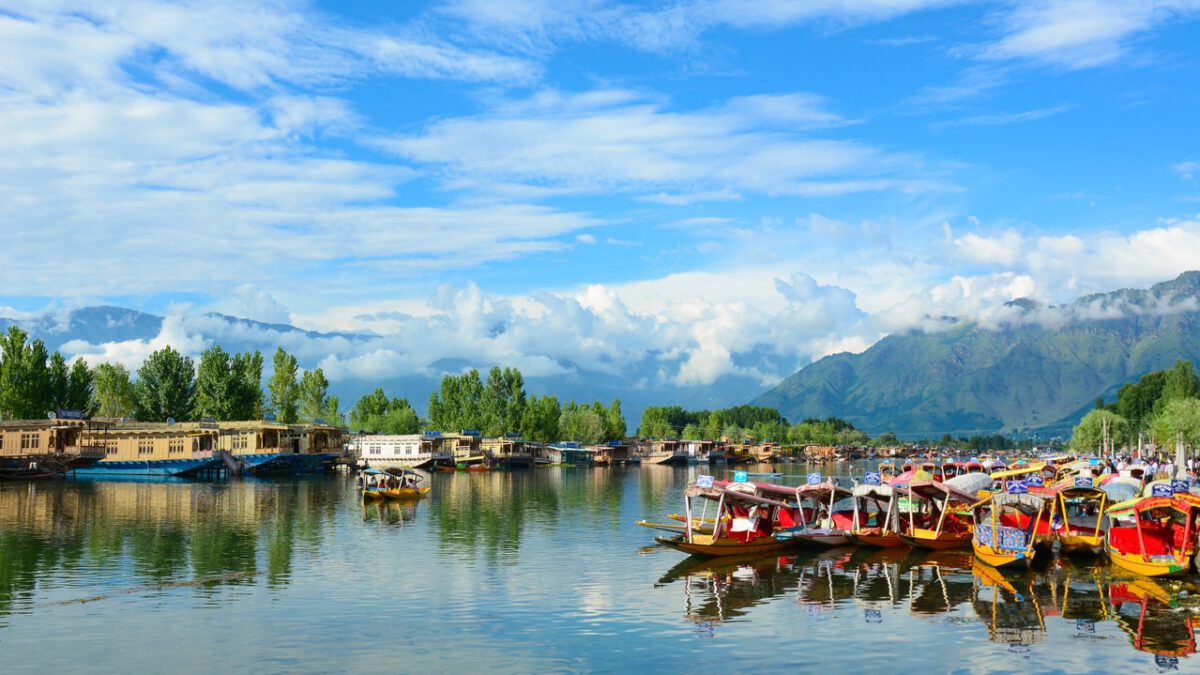
Shrinking of Dal and Wular Lakes: A Growing Concern for Kashmir Valley
The picturesque Kashmir Valley, renowned for its breathtaking natural beauty, is facing a significant environmental challenge as two of its iconic lakes, Dal and Wular, are shrinking at an alarming rate. The shrinking of these lakes not only poses a threat to the region’s ecological balance but also has serious implications for the livelihoods and well-being of the local communities. This article sheds light on the causes, consequences, and potential remedies for the shrinking of Dal and Wular Lakes in the Kashmir Valley.
Dal Lake, located in Srinagar, and Wular Lake, situated near Bandipora, are not only major tourist attractions but also vital resources for the local population. These lakes have historically played a significant role in the region’s economy, supporting activities such as tourism, fishing, and agriculture. However, over the years, both lakes have experienced a steady decline in their water levels, leading to concerns about their sustainability.
Several factors contribute to the shrinking of Dal and Wular Lakes. One of the primary causes is the encroachment of their catchment areas by human settlements and infrastructure development. Unplanned urbanization, illegal constructions, and the conversion of lakefront areas into residential and commercial spaces have resulted in the reduction of the lakes’ water-holding capacity. Additionally, the disposal of untreated sewage and solid waste into the lakes has deteriorated their water quality, leading to the proliferation of algae and other harmful organisms.
Climate change is another significant factor exacerbating the shrinking of these lakes. Rising temperatures, changing rainfall patterns, and receding glaciers have impacted the region’s hydrological cycle, leading to reduced water inflow into the lakes. The melting of snow and glaciers, which serve as important sources of freshwater, has diminished, affecting the overall water availability in the lakes.
The consequences of the shrinking of Dal and Wular Lakes are far-reaching. Ecologically, the decline in water levels has resulted in the loss of wetland habitats, impacting the biodiversity of the region. The reduction in water surface area has also affected migratory bird populations that depend on these lakes as stopover sites during their annual migrations.
Furthermore, the shrinking of these lakes has had severe socio-economic implications. The decline in water levels has affected the livelihoods of fishermen, who depend on the lakes for their daily sustenance. The tourism industry, a significant source of income for the local population, has also been impacted, as the diminishing lakes fail to attract visitors as they once did. This has led to a decline in employment opportunities and economic growth in the region.
Addressing the shrinking of Dal and Wular Lakes requires a multi-faceted approach. Firstly, there is a need for stringent measures to prevent further encroachments and illegal constructions in the catchment areas of the lakes. Strict enforcement of regulations and land-use planning can help protect these vital ecosystems.
Secondly, there is a pressing need for the implementation of comprehensive waste management systems to prevent the pollution of the lakes. Treatment plants should be established to treat sewage and solid waste before their discharge into the lakes. Public awareness campaigns can also play a crucial role in educating the local community about the importance of preserving the lakes and adopting sustainable practices.
Thirdly, climate change mitigation and adaptation strategies should be integrated into the region’s development plans. This includes promoting sustainable agricultural practices, water conservation measures, and afforestation initiatives to maintain the ecological balance and enhance water retention in the catchment areas.
Also Read: Kashmir as a Honeymoon Destination: Top reasons why to choose?
Lastly, the government, in collaboration with local communities, should prioritize the conservation and restoration of Dal and Wular Lakes. This can be achieved through scientific research, monitoring programs, and the involvement of relevant stakeholders, including environmental organizations and community-based initiatives. Additionally, international support and funding can contribute to the implementation of large-scale restoration projects.
Preserving the natural heritage of Dal and Wular Lakes is crucial not only for the well-being of the local communities but also for the overall ecological health of the Kashmir Valley. By taking immediate and concerted action to address the shrinking of these lakes, we can ensure their sustainable future and safeguard the rich biodiversity and cultural significance they hold for generations to come.

